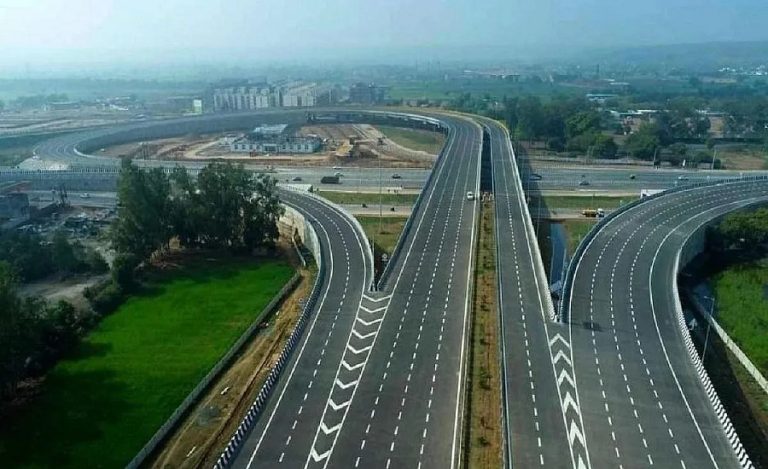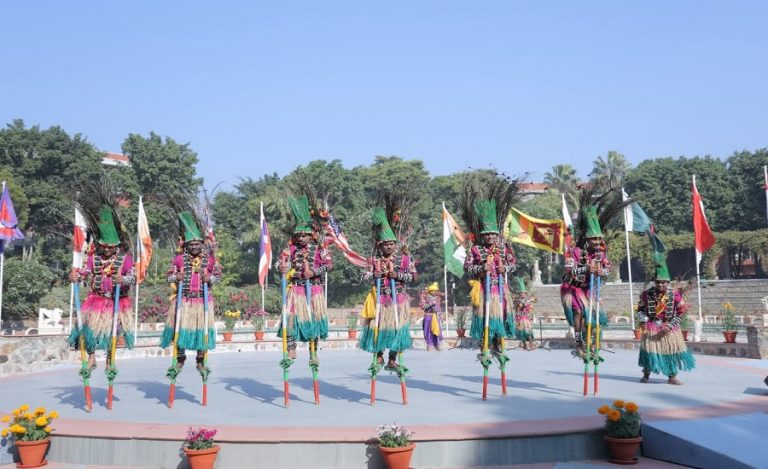New Delhi: India’s strategic superiority in the maritime domain could face challenges starting next year, as Pakistan is set to induct eight advanced Hangor-class diesel-electric submarines from China. This comes amid delays in India’s own conventional submarine-building programs, which are yet to take off.
Pakistan to Receive Eight Hangor-Class Submarines by 2028
Pakistan Navy Chief Admiral Naveed Ashraf has confirmed that the first Hangor-class submarine will enter active service in 2025. Under the $5 billion deal, a total of eight submarines – four being built in China and four domestically in Pakistan—will be delivered by 2028. These submarines will significantly strengthen Pakistan’s ability to patrol the northern Arabian Sea and the Indian Ocean.
The Hangor-class, or Type 039A Yuan-class, comes equipped with advanced sensors, weapons, and Stirling air-independent propulsion (AIP) technology. While conventional diesel-electric submarines must surface every few days to recharge their batteries, submarines with AIP can remain submerged for two to three weeks, enhancing stealth and combat capabilities.
India’s Submarine Fleet Faces Gaps
India currently has no conventional submarine equipped with AIP. Senior Indian military officials have warned that Pakistan’s new submarines will enhance its anti-access/area denial (A2/AD) capabilities in the Arabian Sea. During Operation Sindoor in May, the Indian Air Force observed Pakistan’s use of Chinese-origin J-10 jets armed with PL-15 missiles, demonstrating a deepening military collaboration between China and Pakistan.
India’s conventional submarine fleet currently includes –
- Six French-origin Scorpene-class submarines under Project 75 (with the first yet to roll out)
- Six old Russian Kilo-class submarines
- Four German HDW submarines
In terms of nuclear capability, India operates two SSBNs – INS Arihant and INS Arighaat – with a third, INS Aridhaman, expected to be commissioned early next year.
Project-75 India Delays
The Indian Navy’s Project-75 India, approved in 2007, aims to construct six new diesel-electric submarines with AIP at Mazagon Docks at an estimated cost of over Rs 70,000 crore. However, the project is still in preliminary stages, and the first submarine may take seven to eight years to be commissioned after the contract is signed.
Meanwhile, China operates more than 50 diesel-electric and 10 nuclear-powered submarines, while Pakistan currently operates three French Agosta-90B and two Agosta-70 submarines. Pakistan is also working to integrate the Babur-3 cruise missile, with a 450-km range, into its Agosta-90B and Hangor-class boats, potentially completing its nuclear triad at sea.
Strategic Implications
The induction of Hangor-class submarines marks a significant shift in the regional naval balance. While India maintains a technologically advanced submarine-hunting capability through P-8I long-range aircraft, MH-60R Seahawk helicopters, and specialized warships, the growing sophistication of Pakistan’s underwater fleet, aided by China, is a concern for India’s maritime dominance in the Arabian Sea.



























